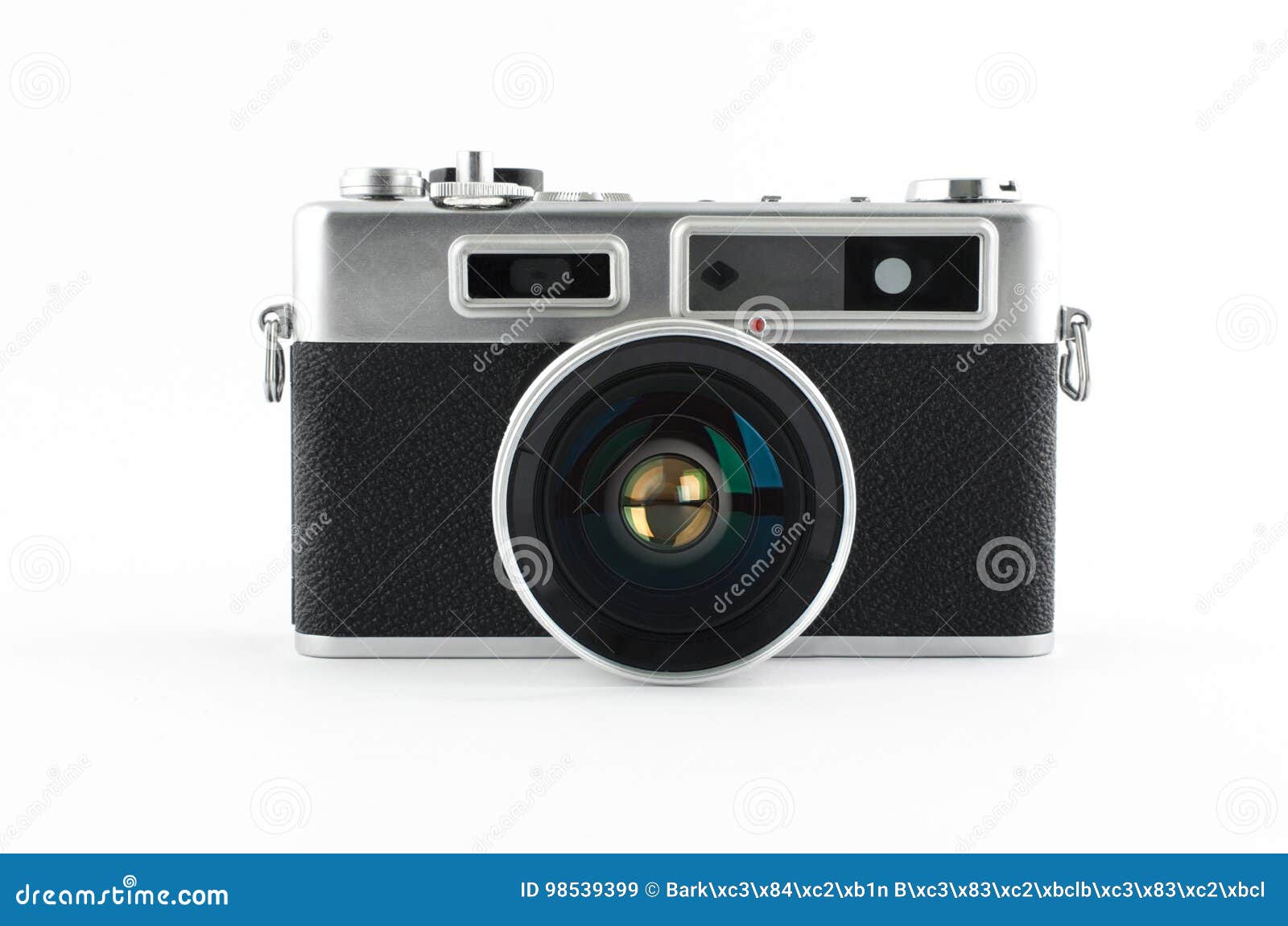
The Z50 does just that by shrinking down all the best bits from the Z range into a more affordable package. Looking for something a little more affordable? These are the best mirrorless cameras under £1,500:Īfter the success of the Z6/Z7 full-frame mirrorless models, it makes sense that Nikon would start chasing the much larger enthusiast market. Keep on reading to see those which we recommend. Other features to think about include the quality of the inbuilt electronic viewfinder, 4K video recording, a tilting or articulating screen and inbuilt connectivity options. If you’re looking for a camera for everyday adventures and travel, then sacrificing image sensor size for portability may well be worth it. You’ll usually find that full-frame cameras are the largest, with Micro Four Thirds models the smallest. Size is an important factor to think about too. That said, there’s no use paying for high-end specifications that you don’t use - such as super-fast shooting speeds if you only ever shoot static objects.

While it’s true that cheaper doesn’t necessarily mean terrible, it’s also generally the case that if you can spend a little more now, you’re less likely to outgrow your camera in the short term. Think carefully about how much you can afford to spend. We’ve split our list below into cheaper / more affordable options, and more expensive options.
#Mirrorless camera retro how to
How to choose the best mirrorless camera for youĪs you’ve no doubt guessed by now, there’s a huge amount of choice in the mirrorless market. Aside from the super-expensive pro-level cameras on the market, other great performers in this area include the Fujifilm X-T4 and the Olympus OM-D E-M1 X. Perhaps action and wildlife is your thing.

From those available today, we’re big fans of the Fujifilm X-T30 and the Nikon Z50, both of which ooze retro charm. If portability is your main concern, then APS-C and Four Thirds models are more likely to appeal. That said, if we’re talking about well-performing all-rounders, then safe bets include the Canon EOS R6, Nikon Z6 II and the Sony A7 IV.įor those who are determined to go full-frame but perhaps don't have too healthy a budget, then look for older or lesser-specced models, such as the Sony A7 III and the Nikon Z5. With all this choice available, choosing just one model as the “best mirrorless camera” is by no means easy. Lastly, there’s Olympus - recently sold and renamed OM Digital Solutions - which have a number of intriguing options for a variety of different consumers, and look set to release some more products in the coming year. Meanwhile, Fujifilm offers beautifully retro cameras - which also pack a powerful punch - in the APS-C format, as well as exciting medium-format options for those who have a hefty budget to work with.

Lately, Panasonic has been concentrating on full-frame too, but there’s still plenty of options in its smaller format.

Sony has been extremely innovative, especially in the full-frame market for a number of years, while it’s Panasonic who kicked off this whole mirrorless revolution in the first place with its Micro Four Thirds models. Of course, while the “big two” - or at least the traditional big two - were dragging their feet a little bit, other big names in the tech market have been busy releasing a whole slew of models which may be more up your street.


 0 kommentar(er)
0 kommentar(er)
